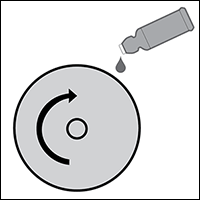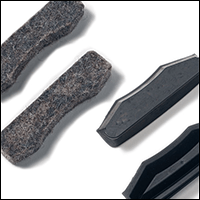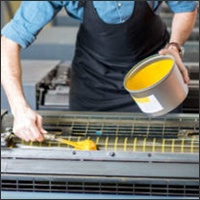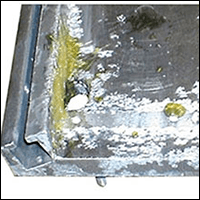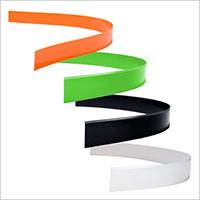New Polymer Doctor Blades with MicroTip Are Best for Applying Special Effects Coating
Christine Duggan2022-03-08T10:59:16-05:00Anyone who uses doctor blades for printing knows the range of options available today. From the thickness of the material to the tip configuration, a doctor [...]



